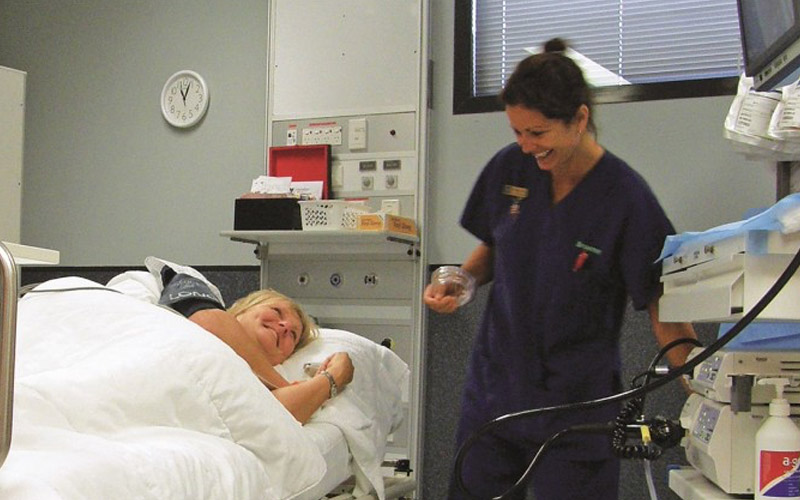Endoscopic Ultrasound (EUS) is offered by Braemar specialists Dr Frank Weilert and Dr Jerry Chin.
Endoscopic Ultrasound has significant advantages over traditional ultrasound because it produces images of a much higher quality, providing precise information, which in turn means more accurate targeting of abnormalities. A small ultrasound probe is installed on the tip of the endoscope which allows it to act as a window to the organs of the body.
EUS allows the specialist to obtain precise images and information about the digestive tract and surrounding tissues and organs, while also undertaking a range of procedures. These include obtaining tissue samples, pain management, draining of abscesses (from, for example, pancreatitis), unblocking ducts or placing fiducials for marking tumours.
EUS is done from inside the body, near or even touching the targeted area, so that finer higher frequency imaging energy can be used. The superior resolution also provides continuous data avoiding the unseen and unrecorded gaps between still images of scans. Because the instrument has a working channel, different sized instruments such as needles can be put through the channel to obtain tissue samples. In some cases, it means unnecessary surgery can be avoided.

